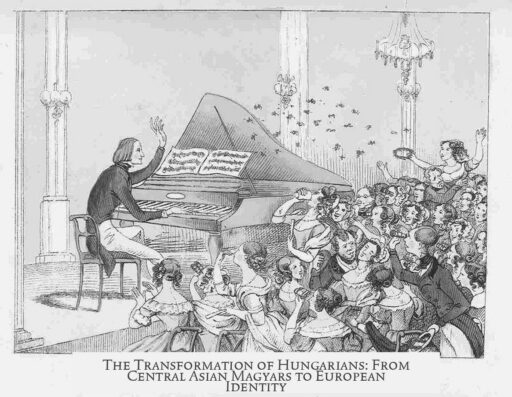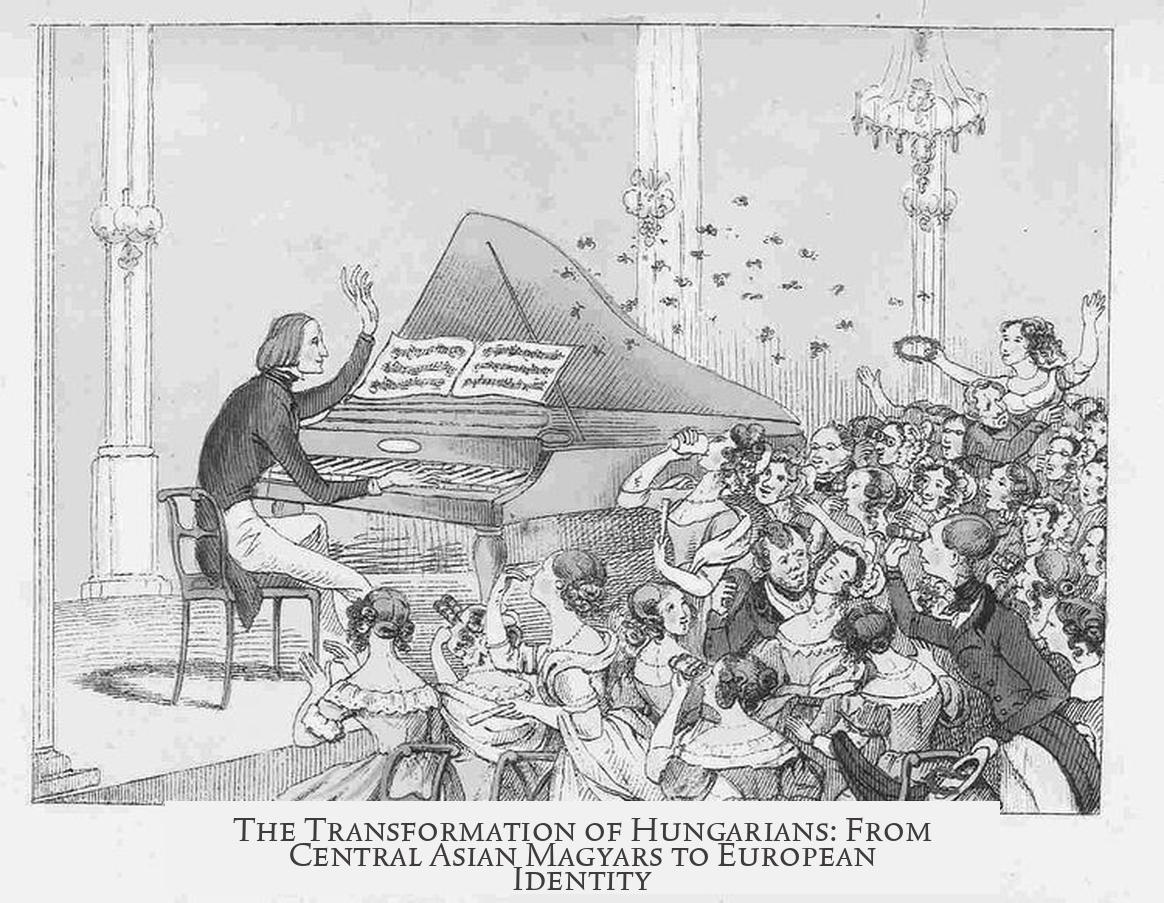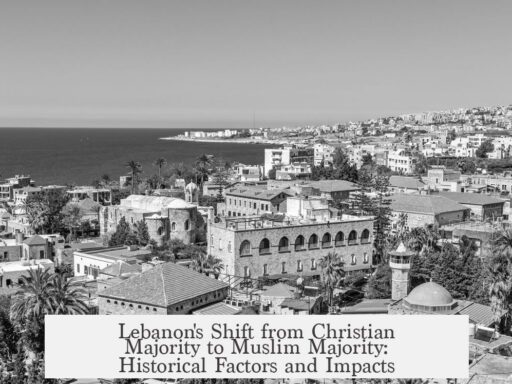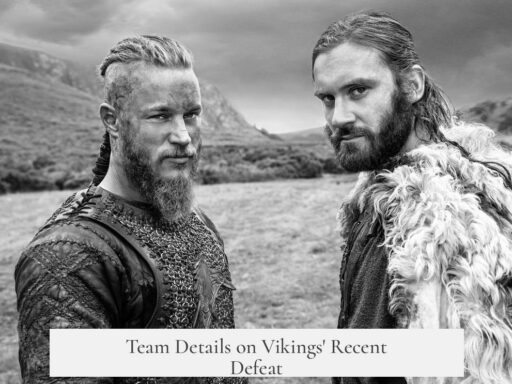Hungarians, though historically linked to Central Asian Magyars, today appear white due to complex cultural, linguistic, and genetic factors rather than simple racial definitions. The concept of race is largely a social construct arising in the 18th and 19th centuries, especially in Western contexts. It fails to capture the nuanced identities across Eurasia where cultural and linguistic factors play a stronger role in shaping group identity than visible physical traits.
The Hungarians belong to the Finno-Ugric language family, a diverse linguistic group spanning a vast area. This family includes peoples who look very different, such as the Khanty of Siberia and Finns of Northern Europe. Physical appearance varies widely within these groups, challenging any straightforward racial classification.
The size of the Hungarian population also influences these dynamics. With around 14 million ethnic Hungarians, their genetic makeup has been shaped by various historical migrations and mixing with European populations. By contrast, smaller groups like the Khanty (about 30,000 people) show more pronounced genetic continuity.
Language and genetics often do not align. Hungarians adopted a Finno-Ugric language but their genetics have blended extensively with the populations of Europe. This is similar to the English case, where the population speaks a Germanic language yet retains genetic ties closer to neighboring Celtic groups.
- Race is a social construct with limited scientific basis in Eurasian contexts.
- Finno-Ugric speakers show great diversity in appearance and genetics.
- Hungarian genetics reflect significant European influence beyond their Central Asian linguistic roots.
- Language shifts may occur without parallel changes in genetic ancestry.
Why do Hungarians appear white if Magyars originated from Central Asia?
Hungarians look white due to long-term mixing with European populations after arriving in Europe. Race categories do not strictly follow genetics. Identity and appearance evolved through culture and geography.
How does language relate to Hungarian genetics?
Hungarian language is Finno-Ugric, but this doesn’t determine appearance. Language shift can occur without major genetic changes, as seen in many populations worldwide. Genetics and language do not always align.
Are all Finno-Ugric peoples physically similar?
No. Finno-Ugric peoples like Khanty, Finns, and Hungarians show wide physical diversity. Many look very different within the same group. Physical traits vary because these groups spread across a vast area and mixed with others.
Did population size affect Hungarian physical traits?
Yes. With about 14 million Hungarians, genetic influences diluted non-European traits over time. Smaller groups like the Khanty retain more original East Eurasian features because of limited mixing.
What role did assimilation play in Hungarian appearance?
Assimilation with European neighbors changed Magyar appearance. Over centuries, intermarriage and cultural integration led to traits common in Europe, shifting appearance from Central Asian origins to what we see today.




